Past Events
Interested in Cotsen events? Sign up for our mailing list.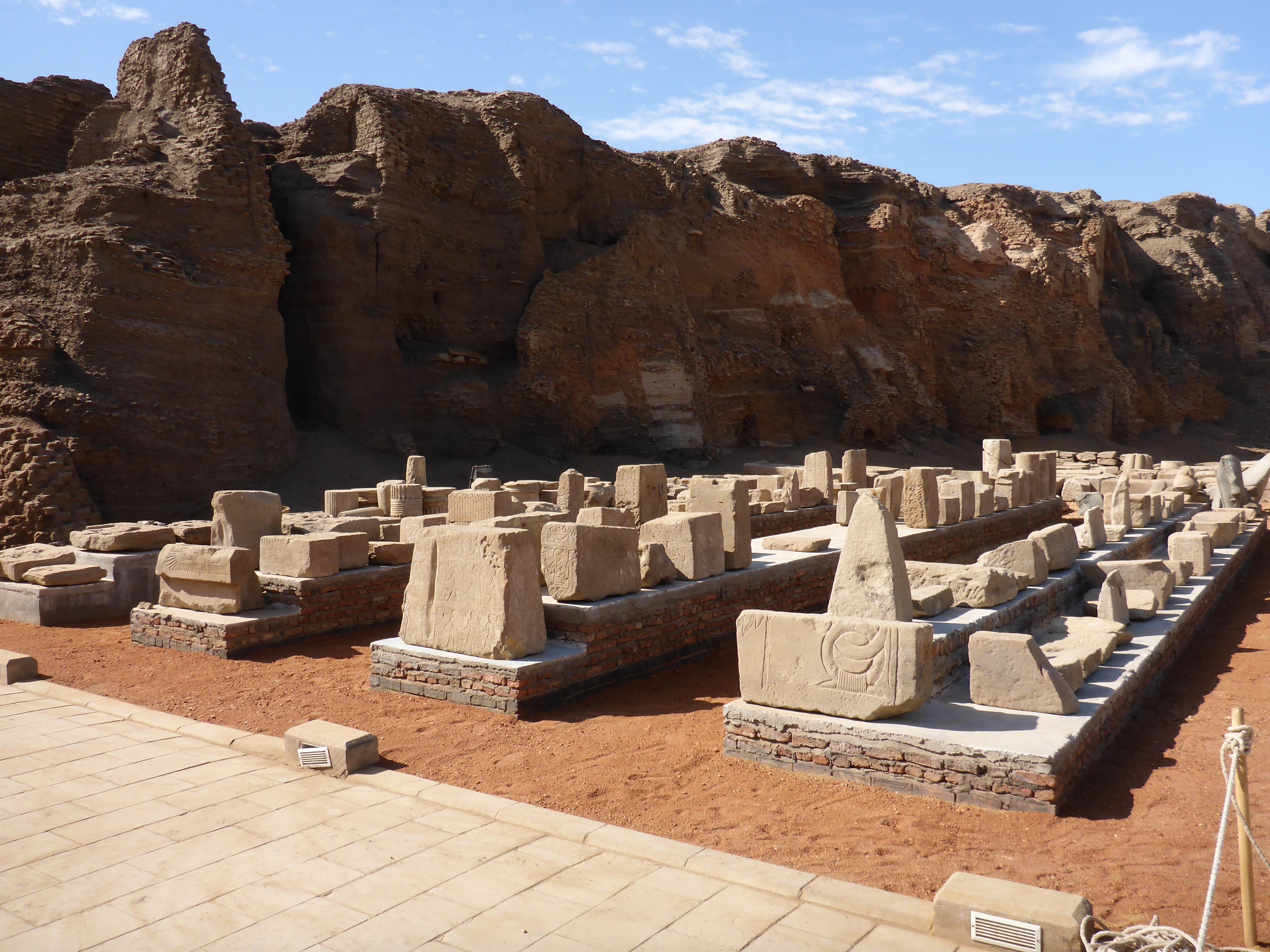
Jonathan Winnerman
Lecturer, UCLA Department of Near Eastern Languages and Cultures
ABSTRACT:
Begun in 2012, the goal of the Block Yard Project at Tell Edfu is to organize, conserve, and document the wealth of epigraphic material discovered in the settlement site to the west of the well-known Ptolemaic temple. Prior to the present study, many of the objects were simply abandoned at the base of the site, deemed unworthy for inclusion in a museum by early excavators. Yet, these objects reveal a great deal about Egyptian religious practices, especially in the community outside of the temple itself. This talk first discusses epigraphic methodology and the options available for the documentation of this or other, similar material. It next provides an overview of some of the most interesting results, focusing specifically on the remains of a distinctive structure of unknown design and purpose.
Contact Sumiji Takahashi
Email sutakahashi@ioa.ucla.edu
Phone 310-825-4169
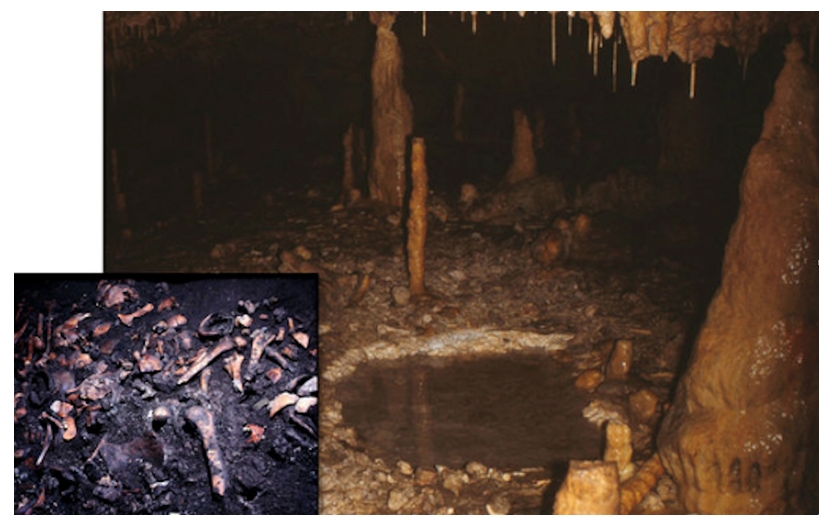 Early globalization? Isotopic evidence of food practices in Prehistoric Italy
Early globalization? Isotopic evidence of food practices in Prehistoric Italy
Mary Anne Tafuri
Department of Environmental Biology, Sapienza University of Rome
The cultural and social importance of food goes far beyond the mere necessity of nutrition, yet archaeologists have been slow to tackle issues of the sociality of food in prehistory. This is a great loss particularly as the economic transformations, which structured human diet took place in prehistory. One reason for lack of attention to this question has been limited methodologies for investigating not only what foods were produced but also exactly what foods people consumed.
The increasing application of biomolecular investigations of skeletal tissues offers an exceptionally valuable approach for directly assessing aspects of an individual’s life, including their diet, geographical origin as well as the climate they inhabited.
In the Central Mediterranean a number of important economic questions can be addressed through isotopic investigations: we can explore the balance between plant and animal sources of food in the diet of prehistoric people and how this change between the onset of the Neolithic (ca. 6000 BC) and the end of the Bronze Age (ca. 900 BC). We can assess the relative contribution of marine resources to diet the Central Mediterranean and, further, we can identify mode and tempo for the use of new foods.
This talk will present new isotopic data on a large set of sites from prehistoric Italy that span from the earliest phases of the Neolithic to the later Bronze Age. A pattern of great complexity emerges, showing profound differences between the northern and southern regions of the Peninsula, which can be associated with environmental aspects but mostly should be interpreted as different cultural practices across space and time.
Contact Sumiji Takahashi
Email sutakahashi@ioa.ucla.edu
Phone 310-825-4169
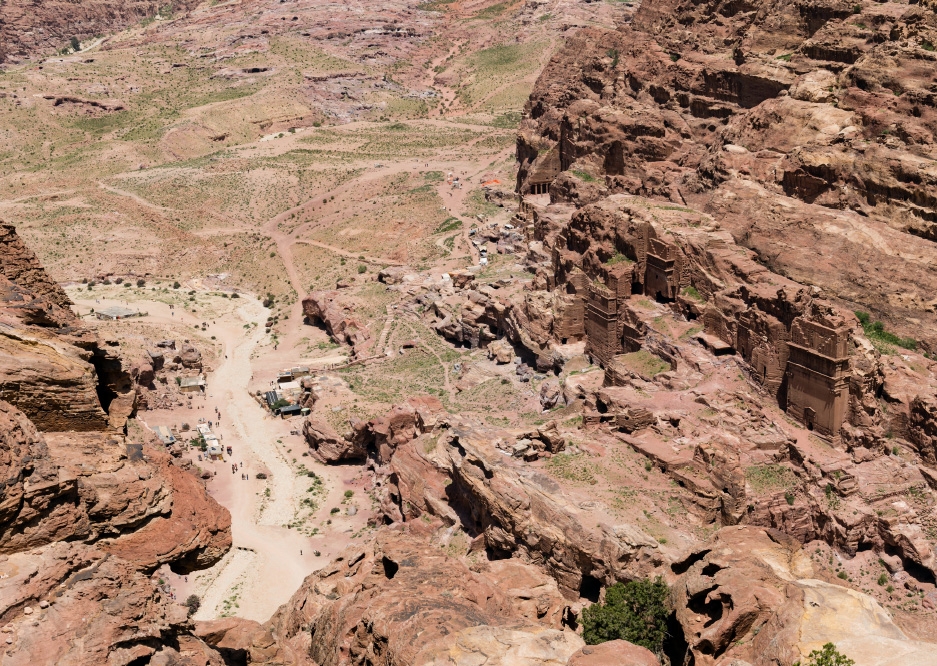 Felipe Rojas Silva
Felipe Rojas Silva
Assistant Professor of Archaeology and the Ancient World and Egyptology and Assyriology
Brown University
Contact
Email sutakahashi@ioa.ucla.edu
Phone 310-825-4169
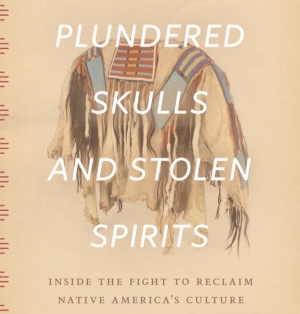
Dr. Chip Colwell
Senior Curator of Anthropology, Denver Museum of Natural Science
Abstract:
Five decades ago, Native American leaders launched a crusade against museums to reclaim their sacred objects and to rebury their kin. This controversy has exploded in recent years as hundreds of tribes have used a landmark federal law to recover their heritage from more than one thousand museums across America. Many still question how to balance the religious freedoms of Native Americans with the academic freedoms of American scientists, and the arguments continue on about whether the emptying of museum shelves elevates human rights or destroys humanity’s common heritage.
This talk presents Dr. Colwell’s new book and winner of a 2017 Choice Outstanding Academic Book Title Award, Plundered Skulls and Stolen Spirits: Inside the Fight to Re claim Native America’s Culture, a personal journey that illuminates how repatriation has transformed both American museums and Native communities. This story reveals why repatriation law has become an imperfect but necessary tool to resolve the collision of worldviews between scientists and Native Americans—to decide the nature of the sacred and the destiny of souls.
Contact Sumiji Takahashi
Email sutakahashi@ioa.ucla.edu
Phone 310-825-4169
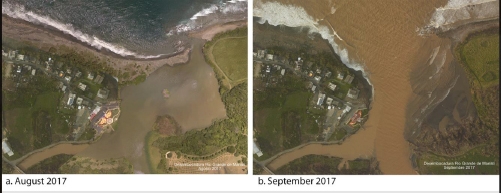
BIO:
Isabel Rivera-Collazo is Assistant Professor on Biological, Ecological and Human Adaptations to Climate Change at the Department of Anthropology and the Scripps Institution of Oceanography at UC San Diego. Dr. Rivera-Collazo is an environmental archaeologist specializing on geoarchaeology, archaeomalacology, coastal and marine processes, maritime culture and climate change, with regional interests in Puerto Rico, the Caribbean Basin and the Neotropics (Pan Caribbean region); Israel and the eastern Mediterranean. Her research focuses on the effect that human activity has over island ecosystems through time, as well as how have people responded to climatic and environmental change in the past. Dr. Rivera-Collazo’s work focuses on resilience and adaptation, investigating what decisions enhance or reduce adaptive success. Taking an applied approach, Dr. Rivera-Collazo also works with local communities in the quest for understanding the current and expected impacts of climate change, including threats to coastal heritage. Dr. Isabel Rivera-Collazo has a MSc degree on Palaeoecology of Human Societies and a PhD on Environmental Archaeology both from the Institute of Archaeology,University College London. She is also Research Fellow of the Center of Tropical Ecology and Conservation (CATEC) and the Laboratory of Environmental Archaeology at the University of Puerto Rico, Rio Piedras Campus.
ABSTRACT:
A popular proverb in Puerto Rico warns that “it is not the same thing to call the devil than to see him come”. For many years, scientists have been warning about the potential impacts of climate change. In the last five to ten years archaeologists have been linking those impacts to heritage. These past two years, 2017 and 2018, have demonstrated the real-life meaning of changing weather – which eventually will add up to changed climate – and it is not the same to see the devil come. In the context of rapidly changing weather, heritage is a tool for adaptation, for recovery of lost knowledge, and for communication of locally relevant climate science. But at the same time, this reality puts heritage professionals at the front of a social, physical and cultural disaster that is simply overwhelming. This presentation will share the experiences of working with archaeological heritage and climate change research in Puerto Rico before, during and after a record-breaking catastrophic year of hurricanes and winter storms, and will contextualize the work of archaeology in the practicality of equity and justice from within the communities themselves.
Contact Sumiji Takahashi
Email sutakahashi@ioa.ucla.edu
Phone 310-825-4169
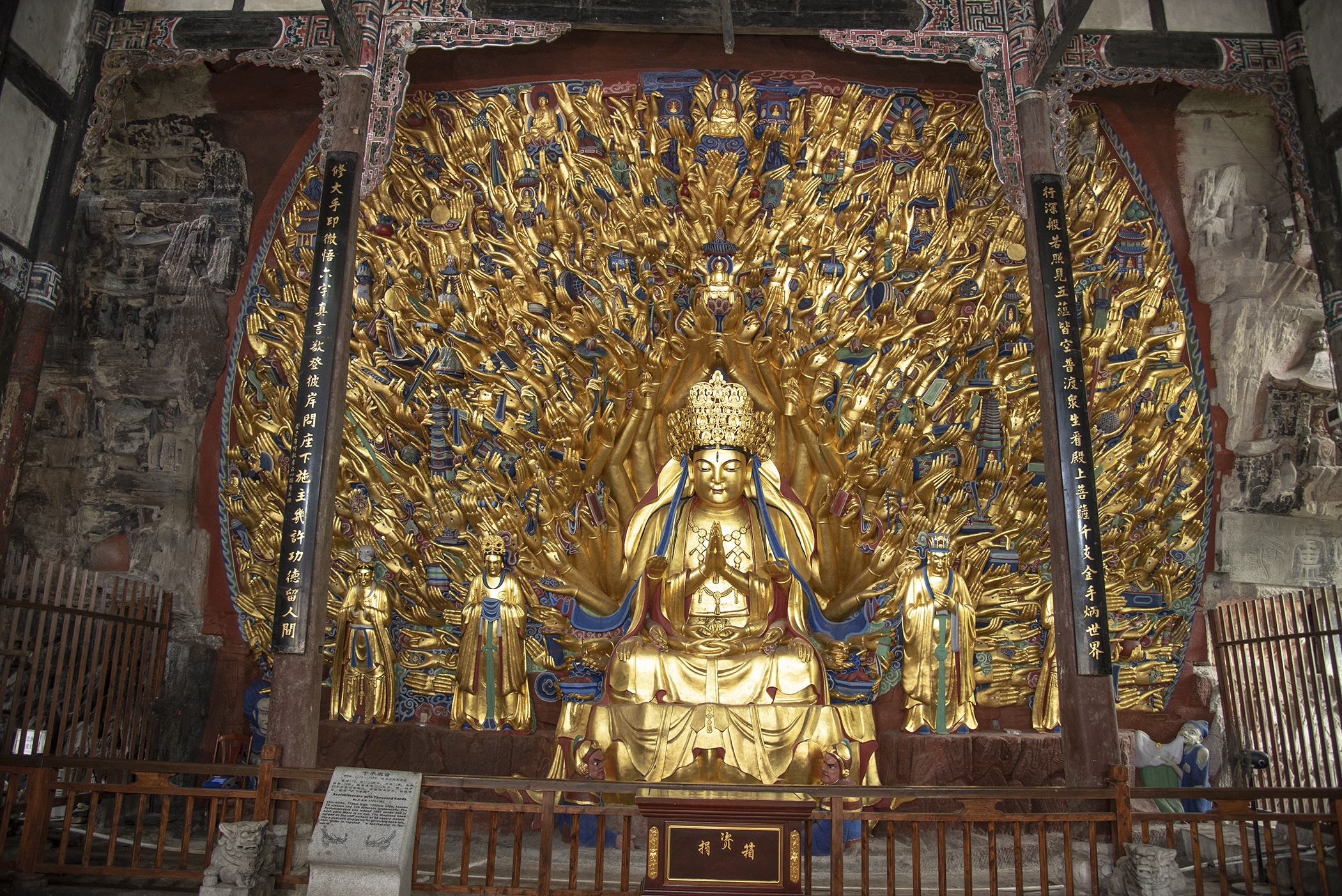
Bio:
Dr. Sonya Lee is Associate Professor of Chinese Art and Visual Cultures at the University of Southern California, where she holds a joint appointment in the Departments of Art History, East Asian Languages and Cultures, and Religion. A specialist in religious art and architecture of pre-modern China, Dr. Lee has published widely on the material culture of Chinese Buddhism. Her reserach interests also include material culture of the ancient Silk Road, art and ecology, Asian art collecting, and heritage conservation.
Abstract:
The recent restoration of the Thousand-Armed Avalokiteshvara at Baodingshan in Dazu has generated a lively debate about the state of heritage conservation in modern China. This talk discusses this project from an ecological perspective that highlights the restorers’ sensitivity to the local climatic conditions and geological properties in preserving monumental cliff-side rock carvings. It also contextualizes the project as part of a long history of restoration in the region in which past restorers likewise pursued eco-compatibility in the materials and methods needed to repair cave temples for present and future visitors.
Contact Sumiji Takahashi
Email sutakahashi@ioa.ucla.edu
Phone 310-825-4169
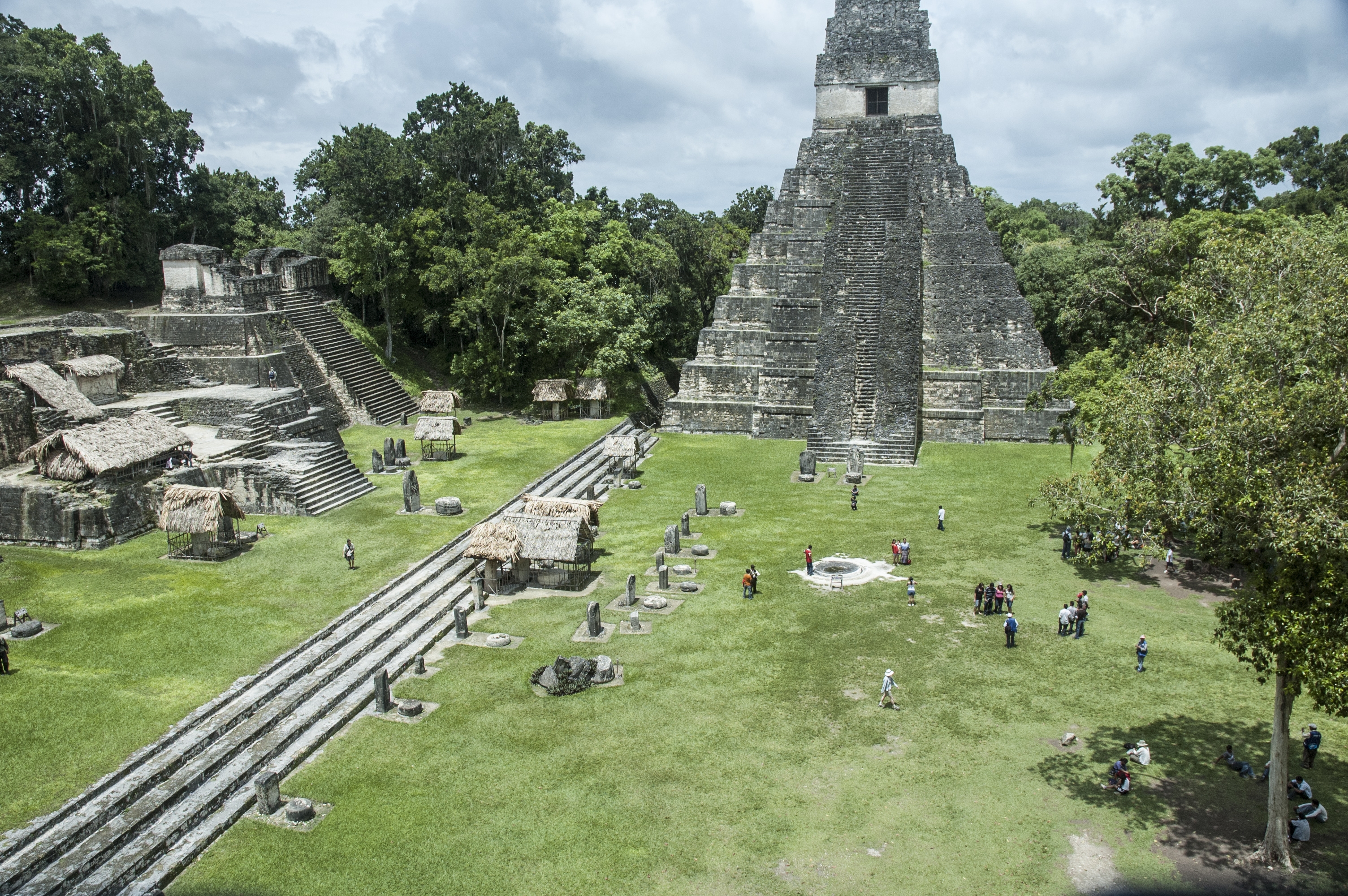 Bio:
Bio:
Professor Tsukamoto is an anthropological archaeologist who received his Ph.D. from the University of Arizona in 2014. His research centers on the interplay between social relations and embodied practices that are reflected in the spatial and material settings of early complex societies. He seeks to refine different theoretical and methodological approaches in order to better understand the nature of power and ideology; the intersection of social change and theatrical performance; and the materiality of social inequality. Methodological interests include spatial analysis, material analyses through petrographic microscopy and particle-induces X-ray emission (PIXE), and epigraphic studies. He currently conducts fieldwork in the Maya lowlands of southern Mexico where he has directed the El Palmar Archaeological Project since 2007. This project examines the urbanization processes resulting from the mutual entanglement between public and private practices in El Palmar during the Classic period (ca. A.D. 250-950).
Contact Sumiji Takahashi
Email sutakahashi@ioa.ucla.edu
Phone 310-825-4169
“Israel and the Samaria Highlands: A Nomad Settlement Wave or Urban Expansion during the Early Iron Age?”
Dr. Yuval Gadot, Director of the Institute of Archaeology
Tel Aviv University
Tuesday, November 13 at 2 PM
Kaplan (formerly Humanities) A51
Archaeology of Ancient Israel Lecture Series
Co-sponsored by the UCLA NELC Department, Alan D. Leve Center for Jewish Studies, and the Cotsen Institute of Archaeology
The Iron I period witnessed a wave of settlements in the highlands of Israel, mostly in Samaria and to some extent in the Upper Galilee and Judah. This wave is usually associated with the genesis of Ancient Israel and is interpreted in light of the collapse of Canaanite urban centers at the end of the 12th century BCE. This lecture reconsiders the reasons behind this wave of settlement throughout the Samaria Highlands during the Iron I (1200-1000 BCE) in light of new understanding of the social and economic reality on the coastal plain, the Jezreel, Jordan, and Hula Valleys, and the regions surrounding the Samaria Highlands.
Please email Aaron Burke (aaburke@ucla.edu) to RSVP.
Contact Aaron Burke
Email aaburke@ucla.edu
Phone
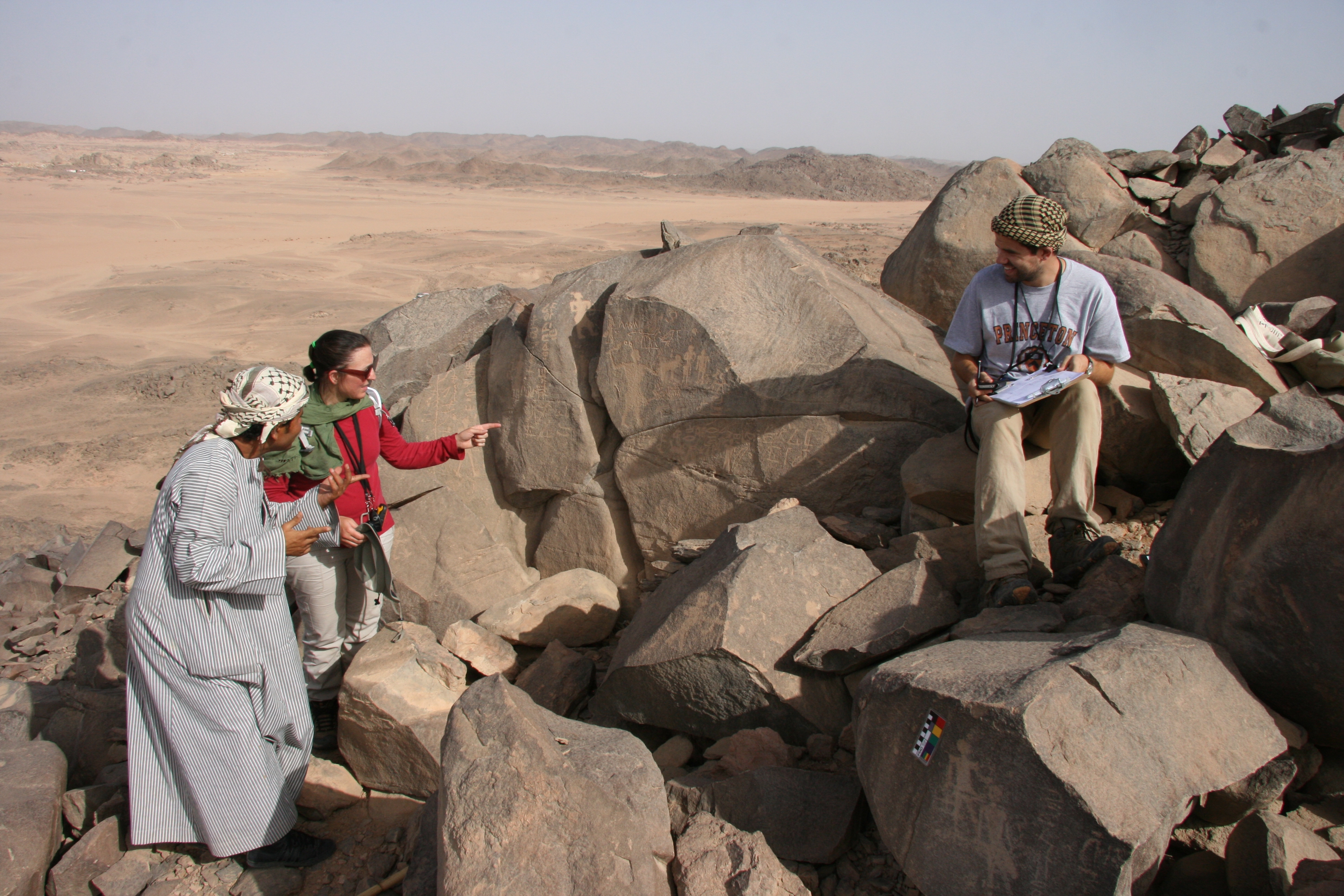 Bio:
Bio:
Dr. Kate Liszka is Assistant Professor with the Department of History at California State University, San Bernardino, and holds her degrees from the University of Pennsylvania (Ph.D.), and from 2012 to 2015 was a Cotsen Postdoctoral Fellow and Lecturer with Princeton University. Her areas of specialization are Nubians in Egypt, the Medjay, ethnicity and identity in Antiquity, multicultural Interactions in frontier regions, the Pangrave Archaeological Culture, and large-scale mining expeditions in Antiquity. Dr. Liszka is the Director of the Wadi el-Hudi Expedition in the Egyptian Eastern Desert.
Contact Sumiji Takahashi
Email sutakahashi@ioa.ucla.edu
Phone 310-825-4169
Abstract
Evolution in conservation practice generally reflects wider contextual developments. These, whether scientific or societal, can however overshadow other developments within conservation which could inform scholarly studies of the objects and improve effective management of heritage assets. Awareness of these influences is nevertheless critical since any conservation action, regardless how small and seemingly unimportant can potentially affect how objects are perceived and interpreted. This talk will focus on research aimed at understanding object perceptions and professional cognitive dissonances and biases. Starting from the alteration and deterioration of surfaces as a natural process and cleaning as a professional reaction to this, I will discuss how small, often unaccounted for activities result in changes at both micro and macro levels which can dramatically alter an object.
Damien Hirst’s The Miraculous Journey made of fourteen silicon bronze statues projecting the development of a foetus from conception to birth located in Doha, Qatar will be used as an example of how to monitor change in a highly polluted coastal environment. This involves monitoring of corrosion, particulates and pollutants as well as humidity and temperature to understand how these processes affect perception and appreciation of the artwork. The second part of the talk will focus on professional decisions in conservation with particular a focus on cleaning. Cleaning can influence both professional and public perception of objects. The results of the research project Coming Clean which investigated factors affecting decision making in relation to cleaning will be presented. This includes research on public perception of dirt and cleanliness at two National Trust properties and two exhibition galleries at the British Museum, analysis of literature surveys and review of treatment records. The research findings are revealing in relation to professional justification of cleaning and the way public values the museum experience. Statistical analysis of the data and innovative methods including machine learning data mining methods will be presented. Recognising and raising awareness of our biases within conservation is important to change attitudes, and can have a direct impact on other scholarly fields.
Short bio
Stavroula Golfomitsou (BA, PhD, FIIC) is Senior Lecturer at the Department of Conservation, University of Gothenburg, Sweden. Prior to this she was a lecturer in conservation studies at UCL Qatar where she set up and coordinated the MSc in Conservation Studies, an innovative, student-led, inquiry- and research-based degree. She has over twenty years of international working experience in Europe, Middle East and Latin America. Her research interests focus on corrosion and conservation of metals and the broader implications of conservation on the perception and valorisation of heritage. She is coordinator of the Coming Clean research project which investigates decision-making processes in cleaning of cultural heritage and the factors affecting them. She was also PI in the Materiality and Preservation in Islamic Contexts project (2015-2017). Stavroula holds a PhD in Conservation of Metals from University College London (UCL) and is a Fellow of the International Institute for Conservation of Historic and Artistic Works (IIC) and a Trustee and member of the IIC Council.
Contact Sumiji Takahashi
Email sutakahashi@ioa.ucla.edu
Phone 310-825-4169
- ‹ previous
- 30 of 50
- next ›


